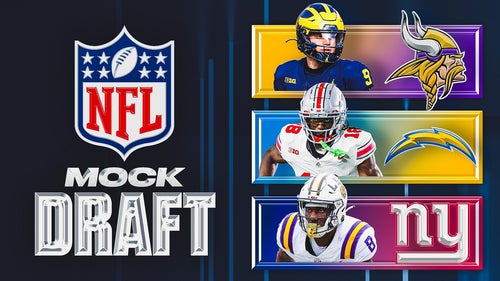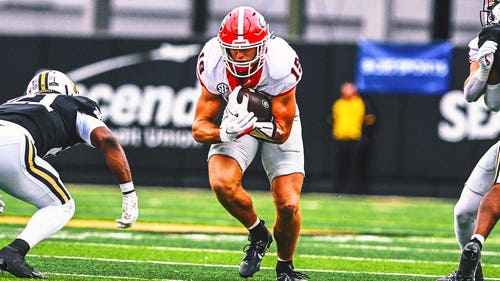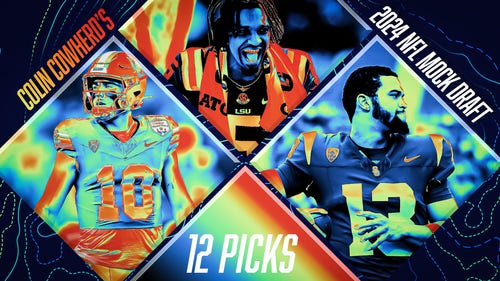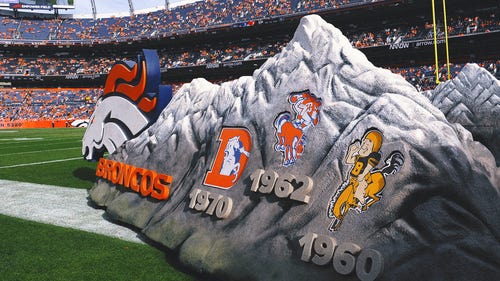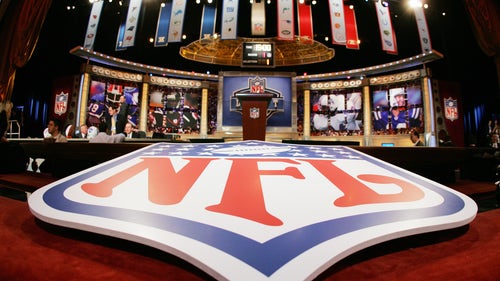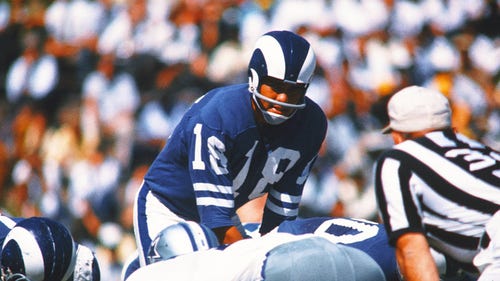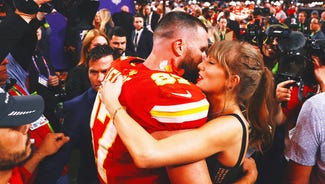
Joe Philbin ignites QB controversy and like Dolphins' predecessors, probably own demise
If history holds true, Joe Philbin’s bizarre decision to create his own quarterback controversy doesn’t bode well for his future as Miami Dolphins head coach.
All five of Philbin’s predecessors left the franchise unceremoniously without having brought a Super Bowl championship to South Florida. A common thread was the inability to find a solution under center.
This wasn’t a problem during the Halcyon days of Don Shula. The offense was adjusted to best showcase the talents of whoever was handling the reins.
Shula won two Super Bowls with the cerebral Bob Griese calling the plays in a ground-and-pound attack. Shula took the Dolphins to another Super Bowl with a running quarterback in David Woodley. And of course, Shula was on the sideline as Dan Marino, who lost the Super Bowl in his second season, began smashing NFL passing records in an aerial attack ahead of its time.
When public and media pressure forced Shula into retirement after the 1995 season, greatness and stability at the position left with him. Here are the mistakes made that helped doom those head coaches who followed:
Jimmy Johnson (1996-99)
Johnson immediately butted heads with Marino when trying to transform Miami into more of a ball-control, run-first offense. The relationship disintegrated to the point that Marino had his audible power curtailed by Johnson’s final season.
The 62-7 playoff loss suffered by the 1999 Dolphins against Jacksonville was Johnson’s final game as an NFL head coach. Ostensibly, it also marked Marino’s end. Johnson’s hand-picked predecessor Dave Wannstedt also thought Marino’s best days were behind him and signed Jay Fiedler in free agency as his replacement.
Dave Wannstedt (2000-04)
Fiedler was 36-23 as a Dolphins starter but had two major flaws: he struggled to stay healthy and he wasn’t Marino. After the Dolphins missed the playoffs in 2003, Wannstedt was kept as head coach but stripped of his personnel power. New general manager Rick Spielman traded for Philadelphia backup A.J. Feeley, a move that never paid dividends. Wannstedt resigned midway through the season after being told he wouldn’t be back in 2005 while Spielman lost his juice after Nick Saban was hired.
Saban (2005-06)
After not finding a quarterbacking answer his first season in Miami, Saban faced a critical decision in the 2006 offseason: Go against the advice of team physicians by signing quarterback Drew Brees, who was coming off major shoulder surgery, or swing a trade with Minnesota for quarterback Daunte Culpepper.
Saban chose the latter. The Dolphins never recovered from the move while Brees did and continues to enjoy a Hall of Fame career in New Orleans.
Culpepper’s knee was never quite right from the serious injury he suffered while with the Vikings. He played in only four games for Miami before being released the next season. By that time, Saban had fled to the University of Alabama.
Cam Cameron (2007)
Cameron and general manager Randy Mueller made the unpopular decision at the time to pass on Brady Quinn with the No. 9 overall selection in the 2007 draft. They instead chose John Beck in the second round as their cornerstone QB. Quinn and Beck never panned out. Neither did Cameron or Mueller, both of whom were fired after a 1-15 season.
Tony Sparano (2008-11)
The groundwork for failure in this regime was laid by new top football executive Bill Parcells, who opted to select tackle Jake Long with the No. 1 overall pick in the 2008 draft rather than current Atlanta quarterback Matt Ryan. Chad Pennington did guide Miami to the playoffs in Sparano’s first season, but injuries soon derailed his NFL career. The Dolphins then needed three seasons before figuring out that 2008 second-round pick Chad Henne wasn’t the answer either.
This leads us to the latest Dolphins debacle: Philbin’s refusal to publicly name Ryan Tannehill his starting quarterback for Sunday’s game against Oakland in London.
It would be one thing if Philbin actuallywere taking steps to make a change. Tannehill has played poorly the past two weeks as Miami (1-2) suffered consecutive 19-point losses.
Dolphins players, though, say Philbin has given Tannehill every snap with the first-team offense this week during practice. That would do backup Matt Moore no favors if Philbin had a quick hook with Tannehill vs. the Raiders. Tannehill and offensive coordinator Bill Lazor also have made Philbin look silly by saying things would remain status quo at starter.
If this was a Philbin plan to motivate Tannehill, it clearly has backfired. Tannehill openly questioned Philbin’s modus operandi Wednesday when questioned by the media.
“Obviously, it doesn't feel good,” Tannehill said. “It creates a bunch of stir and distraction in the locker room, mostly from the outside coming in and guys having to deal with the distraction of it.”
Philbin and then-general manager Jeff Ireland made Tannehill the No. 8 overall draft selection in 2012. Philbin’s own coaching mentor Mike Sherman was hired as Miami’s offensive coordinator. He installed a similar system to what Tannehill used when both were together at Texas A&M.
After two bumpy seasons on offense and Tannehill not developing quickly enough, Philbin fired Sherman under pressure from team management and hired Lazor away from the Philadelphia Eagles. However, a source told FOX Sports that Lazor wasn’t allowed to make any offensive staff changes. That includes having to keep Zac Taylor, who is Sherman’s son-in-law, as quarterbacks coach.
Having a relative novice like the 31-year-old Taylor handle a player who needs meticulous grooming at the game’s most important position is just one of the potential reasons why Tannehill hasn’t hit the heights Miami has hoped after 35 career starts.
Tannehill was sacked an NFL-high 58 times last season and the effects of such a beating may still be resonating. Long-time NFL executive Bill Polian, who is my Tuesday night co-host on SiriusXM NFL Radio, believes Tannehill is “not real confident” playing behind a unit that is fielding five new starters from 2013. That is causing Tannehill to rush through his progressions, Polian said.
Other contributing factors to Tannehill’s struggles against Buffalo and Kansas City could stem from the growing pains associated with mastering a new system as well as those being experienced by Lazor himself as he settles into his first NFL coordinator role. An elbow injury suffered by starting running back Knowshon Moreno early in the Buffalo loss and the slow start to the season by tight end Charles Clay as he recovers from a knee injury hasn’t helped matters.
There also is this very chilling, worst-case possibility for the Dolphins: Tannehill simply may not be good enough to consistently succeed in the NFL, especially with his continuing accuracy problems on deep passes. Philbin may now bellieve Tannehill will never become the “great franchise quarterback” that team owner Stephen Ross predicted in 2012.
Tannehill is the 17th different quarterback to start in Miami since Marino’s departure. If he goes a third straight season without a playoff appearance and the quarterbacking remains problematic, Philbin assuredly won’t get the chance to coach No. 18 in 2015.
That’s why Philbin must stop playing games and choose whether Tannehill is his guy or not.
Don’t just take it from me. Philbin can ask Dan Marino. Now that he’s a member of Miami’s front office, Marino can tell Philbin from his experience with Johnson exactly what happens when a head coach isn’t in lockstep with his starting quarterback.
Both lose.






































































































































